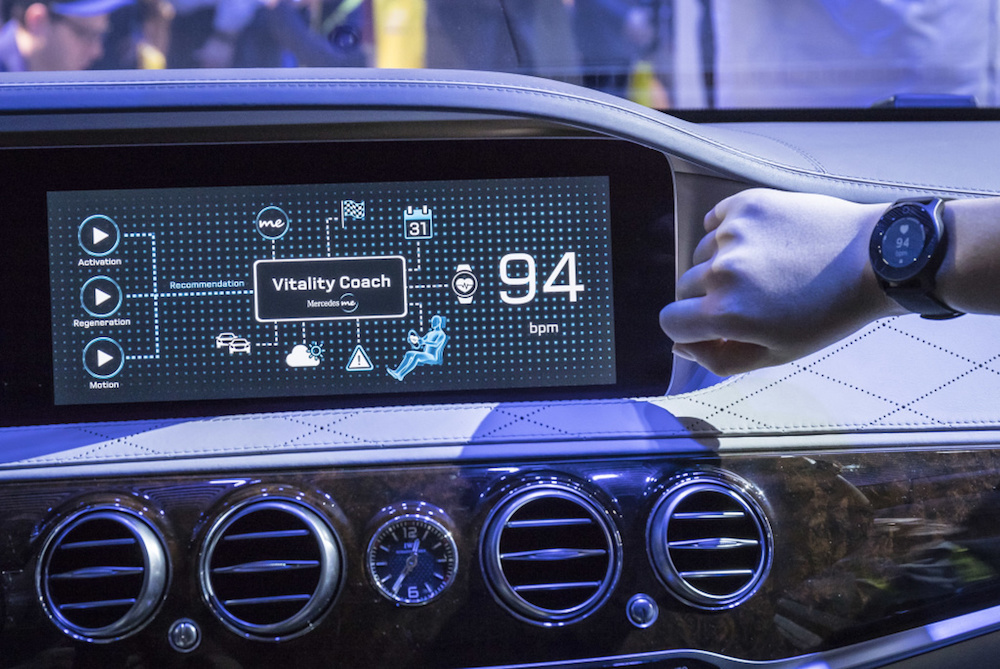What Happened
Alexa and Google Assistant will be duking it out on Mercedes-Benz vehicles, as the German automaker announced on Friday it will be integrating both voice assistants into all of its 2016 and 2017 models in the U.S. Starting today, Mercedes owners can instruct their Google Home or Amazon Echo to remotely start or lock their vehicles, as well as send addresses to their in-car navigation system. Users will need to have an active “Mercedes me” account and link it up to the Google Home or Amazon Alexa app for the integration to work.
What Brands Need To Do
Mercedes is not the only auto brand that are giving consumer options to choose when it comes to digital voice assistants. Hyundai, who just added support for Google Assistant last week, was the first auto brand to roll out Alexa integrations back in November. As more auto brands start actively pursuing the potential of in-car conversational interfaces, more and more consumers will become addressable via these voice assistants, and brands will need to seize the initiative to navigate the emerging opportunities and challenges of shifting from a screen-based interaction to a voice experience.
How We Can Help
The Lab has extensive experience in building Alexa Skills and chatbots to reach consumers on conversational interfaces. So much so that we’ve built a dedicated conversational practice called Dialogue. The “Miller Time” Alexa Skill we developed with Drizly for Miller Lite is a good example of how Dialogue can help brands build a conversational customer experience, supercharged by our stack of technology partners with best-in-class solutions and an insights engine that extracts business intelligence from conversational data.
If you’d like to learn more about how to effectively reach consumers on conversational interfaces, or to leverage the Lab’s expertise to take on related client opportunities within the IPG Mediabrands, please contact our Client Services Director Samantha Barrett ([email protected]) to schedule a visit to the Lab.
Source: Engadget


